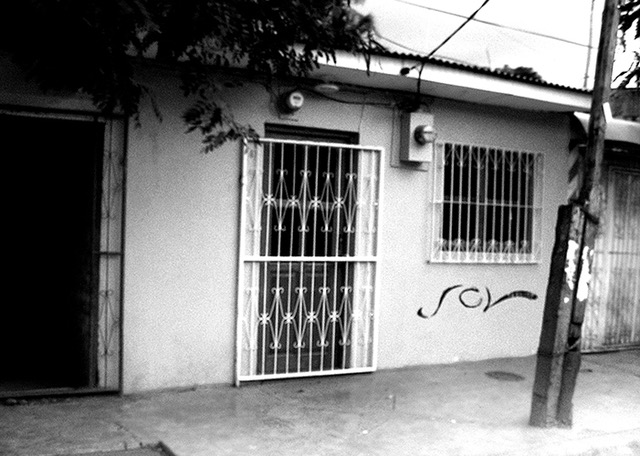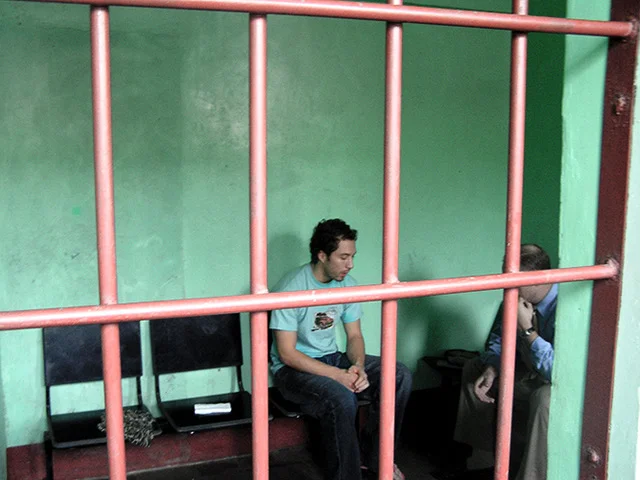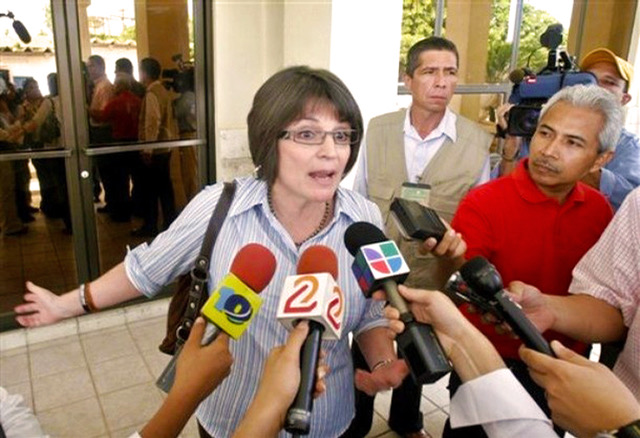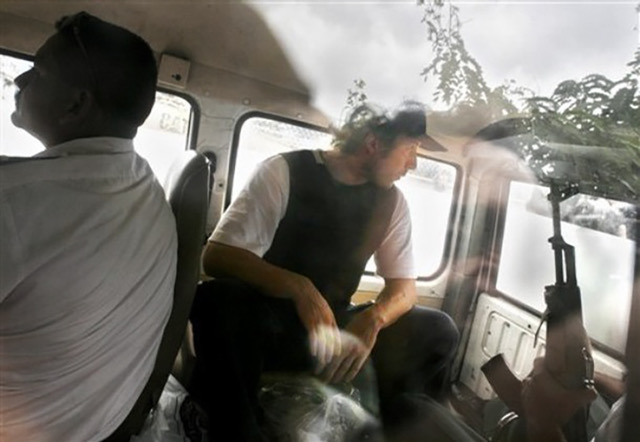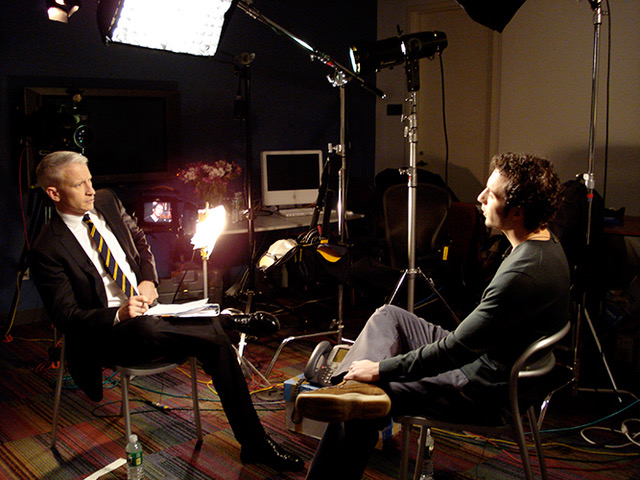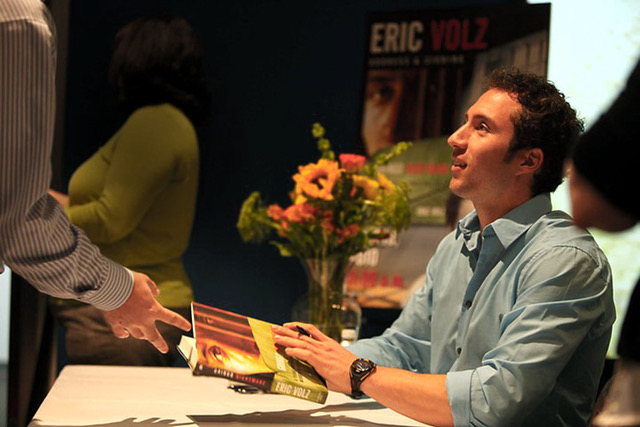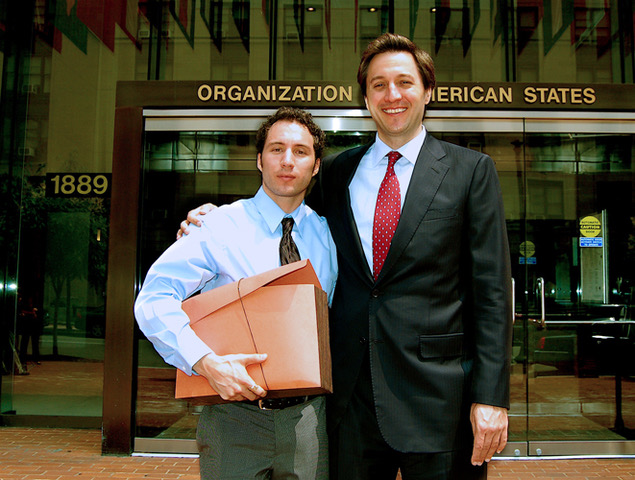Overview
Eric Volz was arrested just two weeks after the former communist leader Daniel Ortega was reelected president of Nicaragua, introducing the first political tension between the White House and the Sandinista political party since the end of the cold war. Volz’ case started out as a result of corrupt police using Volz as a scape goat to protect the main perpetrator of the crime. However, the circumstances of the case soon exposed broader political motivations. The ordeal rapidly became a sensationalized tabloid story that garnered widespread media attention after Volz and a US Embassy official escaped near death, under attack from a lynch mob. Despite the lack of evidence against Volz and his indisputable alibi, Volz was held captive and persecuted for sake of political motives outside the justice system. The more that Volz’s innocence was clearly established, the more pressure the U.S. government came under to resolve the case. The U.S. could no longer afford to deprioritize the case as it had when the crisis began. The government of Nicaragua understood this, and leveraged it to bring the U.S. to the negotiating table. The Volz case was used as a bargaining chip in a missle deal between the U.S. and Nicaraguan governments. When it was threatened that certain details of the weapons negotiation would be leaked to the press, the U.S. government finally took action, positioning Volz as a liability for Nicaragua, leading to his release.
Background
In 2004 Eric Volz moved from California to Nicaragua. He cofounded EP Magazine, a successful bilingual magazine about Central America. While living in the small, seaside town of San Juan del Sur he met, and soon after began dating, Doris Jiménez, a beautiful woman who had grown up in the small town. Their relationship ended amicably less than a year later when Volz moved his business to Nicaragua’s capital, Managua.
Though no longer dating, the couple’s friendship continued until November 21, 2006 when Volz received a phone call informing him Doris had been found dead in her clothing boutique. He rushed to San Juan del Sur to be with Doris’ family and friends. Two days later, and just minutes after the funeral, Volz was detained and wrongfully charged with the brutal murder of Doris.
Case Report
Doris’ body was found tied up with defensive marks on her knuckles, forearms, and a cut on her upper lip. The autopsy concluded she had died of asphyxiation. The initial reports following Doris’ murder was that it was a robbery gone wrong. Newspapers stated Doris had walked in on the robbery and recognized the perpetrators. Four men were initially charged with the murder—Julio Martin Chamorro, Nelson Lopez Dangles, Armando Llanes Whitesell, and Eric Volz. The robbery theory was abandoned by police who started calling it a crime of passion stemming from jealousy.
Armando Llanes, Doris’ boyfriend at the time, was never taken into custody and was suspiciously removed from the list of suspects. It was later learned that the family had close ties with senior levels of the national police and the Nicaraguan Attorney General had possibly been the private attorney of the family business years before.
Police found stolen items from Doris’ store in Dangles’ home and a forensic examination sited lesions on his penis, scratches on his arms and torso. However, the prosecution offered him a deal in which they granted him immunity in exchange for a false testimony that he saw Volz at the crime scene.
Witnesses place Chamorro near the crime scene looking nervous. Forensic reported sited scratches on his forearm. He provided a false statement linking Volz to the crime scene, but later said he was coerced.
Volz was arrested and charged with the murder of Doris on November 23, 2006 based on the false statements from Danglas and Chamorro. The media immediately began publishing sensationalized stories depicting Volz as a violent, jealous, murderous gringo. Doris’ mother told the media and testified at trial that the Volz family tried to bribe her with $1 million to drop the charges. It later was revealed that an offer was made to Doris’ mother, not by the Volz family, but by the attorney of Danglas. The Volz family denied any connection or involvement with Dangles’ attorney.
“A lynch mob of angry Nicaraguans rioted with police in the streets in front of the courthouse threatening to kill Volz if he came out. A US Embassy official was assaulted and Volz barely escaped with his life.”
Volz presented proof of innocence. He demonstrated he was two hours away from the crime scene in Managua at the time of the murder. Volz presented telephone records showing he was on an international conference call. Forensic data showed instant messages sent from his office computer to his business associates throughout the day as well as cell phone triangulation records and a signed credit card voucher. There were ten witnesses who were with Volz in his office in Managua, including a very well known and respected Nicaraguan journalist. The judge only allowed three of those ten to testify, stating the rest would be redundant and willing to lie for Volz. The judge threw out the phone records and instant messages sent throughout that day claiming it only proved the calls were made, not who made them, though this could have easily been confirmed by talking to those who had conversations with Eric on his cell phone.
Negative public sentiment ran high as the trial approached. A car with a loudspeaker drove through the city blaring “bring justice to the gringo!” A lynch mob of angry Nicaraguans rioted with police in the streets in front of the courthouse threatening to kill Volz if he came out. A US Embassy official was assaulted and Volz barely escaped with his life.
During the three day trial, store owners shuttered their business and riot police set up a security perimeter around the courthouse.
During trial the prosecution presented as evidence Chamorro’s unsigned statement. Chamorro did not testify in court denying the defense the ability to cross-examine him. After trial, Chamorro recanted his story and stated the confession had been coerced.
“The prosecution’s main witness, Nelson Danglas, was formally accused in the murder case… He struck a deal with the prosecution to testify that he saw Volz at the crime scene.”
Pictures of Volz’s shoulder with red markings were presented by the prosecution as evidence of self-defense scratches by Doris, but an expert witness for the defense testified that the marks could not be scratches because there was no torn skin. Instead, the markings were linear bruises consistent with those that would occur from carrying a casket. Volz was a pallbearer at Doris’ funeral the day before the picture was taken.
The prosecution’s main witness, Nelson Danglas, was formally accused in the murder case. On the stand he admitted to being an alcoholic and drug user. He was a petty thief with an established criminal history. He struck a deal with the prosecution to testify that he saw Volz at the crime scene. He stated Volz paid him $2.75 to put trash bags of what felt like clothes in a white car, although he could not tell the court where the car was in relation to the crime scene.
After only three days, the trial ended. Despite the prosecutor’s unreliable evidence and Volz’ bulletproof alibi, Judge Trouño ruled that Danglas was an “alcoholic, but not a liar.” She also claimed the marks on Volz’ shoulder were not made by a casket, but that Doris made them with her fingernails. The judge convicted and sentenced Volz and Chamorro to thirty years in prison without parole.
Volz was held in various prisons where he was tortured, starved, repeatedly threatened, and so ill he had to spend time in a medical ward. After prison authorities uncovered a plot to have him killed, Volz was transferred to the infamous La Modelo prison where he became a target for his fellow inmates.
After over a year in prison, on December 17, 2007 the appellate court overturned the conviction and ordered Volz’s release. The trial judge, Ivette Toruño Blanco delayed signing the order to release him for days by making excuse after excuse. It was not until December 20, 2007 that the appeals court in Granada signed Volz’s release papers. In order to prevent Volz’s release, prosecutor Isolda Ibarra appealed to the Nicaraguan Supreme Court. Volz’ family used private tactics in coordination with strategic media to force the US Government to pressure Nicaragua into releasing Volz. Condoleezza Rice publicly demanded Nicaragua to free Volz in a televised press conference, along with many high powered phone calls directly to the Nicaraguan president. These actions effectively made Volz more of a liability than an asset to the Nicaraguans. The next day he was released.
Current Status
Eric Volz was freed on December 21, 2007. The judges who decided he was innocent had their lives threatened for the decision. Nicaraguan President Daniel Ortega publicly condemned his release, despite the fact that personally signed Volz’ deportation order. On November 17, 2008, eleven months after his release, the Nicaraguan government reopened its case against Volz. Under Nicaraguan criminal procedure, it is illegal to try someone in absentia. Volz responded by filing a lawsuit against the Nicaraguan government in the Organization of American States. That case is still pending.
Volz published a memoir about his experience and is the founder and Managing Director of The David House Agency, an international crisis firm that specializes in solving political and legal problems overseas.
